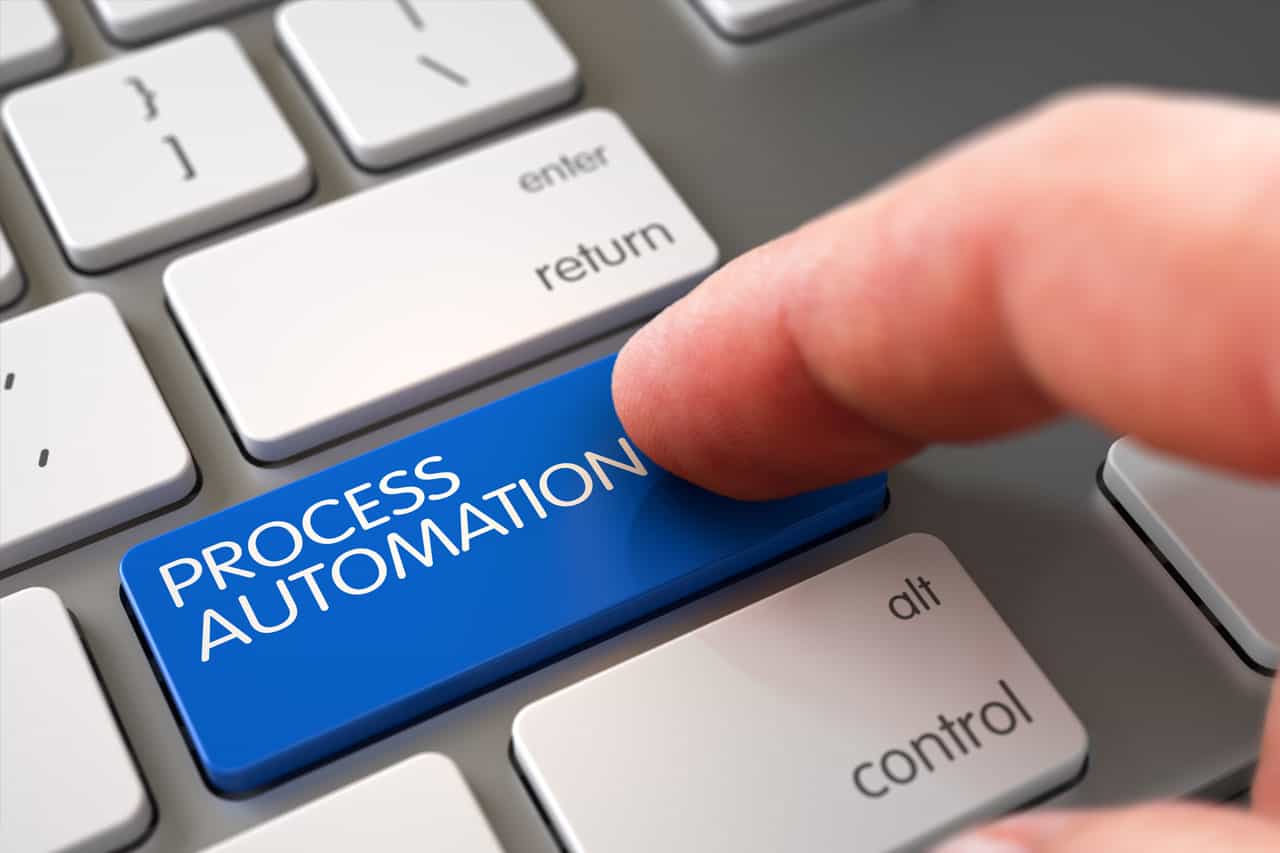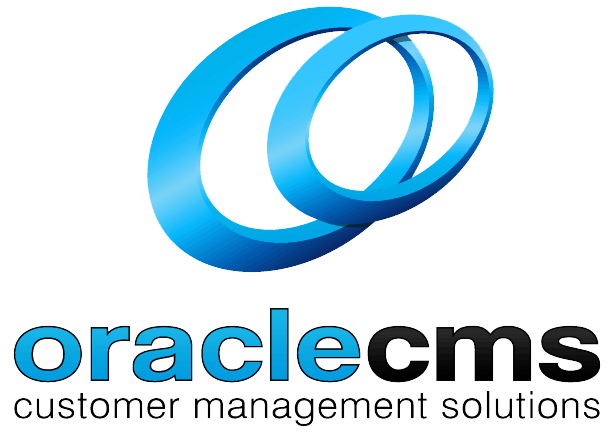
Using AI to Automate Invoice and Receipt Processing
In the world of business today, processes are truly everything. Accounting departments have typically had to rely on using bloated systems to handle their invoice and receipt management – and these dated processes are soon to be a thing of the past.
Tasks such as creating paper invoices, matching purchasing orders, and all of the endless filing that goes with it (not to mention sorting through the many invoices being received via email or fax), are all activities that can and should be automated.
The fact is, accounting departments tend to feel that some of the biggest challenges they face in their day to day are handling manual invoice processes – many of which can exceed 15-steps before they are eventually finally dealt with.
The good news, however, is that there is a means of cutting out much of the time-consuming work in between. With the rise of intelligent process automation, technology, specifically AI (artificial intelligence) with machine learning capabilities, streamlining these otherwise antiquated invoicing systems is the latest innovation.
So, what is automated invoice processing and why do you need to make the switch today?
What is Automated Invoice Processing?
Automated invoice processing is the newest revolution in the world of accounting. It is a method of using innovative automation software to extract the relevant invoice data, populate said data into an AP system, and process it accordingly. When executed properly, this can save a serious amount of time, money, and unnecessary headaches for your accounting department.
Considering how far we have come in recent years, it begs to question of why such innovation has taken so long. The reason is largely because we fear change. Many of us are so committed to our comfortable processes, we continue to do them even though they take up so much of our precious time. We adopt a “that’s just the way we do things” attitude – which can be deadly to a business in an ever-competitive marketplace.
Automated invoice processing leverages a technology that is known as OCR (optical character recognition). This converts typed images, scanned documents, and even handwritten text into machine-coded text.
In the early days of this technology, it was inelegant. For example: with every invoice being unique (and some critical information such as monetary amounts being positioned in different locations), it was sometimes difficult for the OCR technology to know precisely where to ‘look’ for said information. Additionally, with some invoices arriving as poorly scanned copies, it could make it practically impossible to read.
The great news is, however, that now this technology has evolved to the point where artificial intelligence can far more effectively identify the critical information, even if the documents have been scanned in properly.
Just as humans rely on their intellect to identify and extract said information from invoices, AI is now able to understand documents and process the relevant information using an attractive combination of the following new technology:
- OCR – as we have already outlined.
- SDE (smart data extraction) – reading the initial information captured by the OCR technology and then converting it into machine-coded text.
- Machine Learning (powered by artificial intelligence) – taking the extracted data and knowing precisely what to do with it, improving accuracy and efficiency each time that it is used.
- The Cloud – a digital space to house all of your files and data, securely, and in an easily accessible spot.
With automated invoice processing, hours and hours of manual entry are being eliminated, thus freeing your accounting staff up to focus on other crucial aspects of their work.
What Are the Benefits of Automated Invoice Processing?
The most notable benefit of an automated process is this: the average cost of processing an invoice in a business that adopts a low level of automation can cost up to 20 times more than one process in a business that leverages a high level of automation. 20x! And if that’s not enough to pique your interest, check out the following advantages:
- An attractive 80% reduction in the procure-to-pay cycle (this can speed things up significantly, bringing a host of other advantages on top).
- Significantly lower error rates (absent human input, artificial intelligence is far more efficient and there will be fewer mistakes to correct).
- Faster approval times (some invoices must go through a 15-step process before they can be approved and this can slow down your business unnecessarily).
- Reduction in labour costs (fewer staff wasting time on time-consuming tasks allows them to direct their attention elsewhere).
- Employees can focus their time on higher-value tasks (there is so much more value that your accounts team can bring if they aren’t wasting their time on manual processing).
- Fewer duplicated invoices and payments due to human error (again, AI is far more efficient, thus making the process smoother and with fewer issues).
- Better management of vendor relationships (when invoices are paid more efficiently, and without any hiccups along the way, your client/vendor relationships will be far better – making it easier to retain valuable assets for longer).
- Less money spent on items associated with processing (postage fees, paper, filing, physical storage space, etc.).
Why the Push for Automation?
It’s all about keeping up with the proverbial Joneses. In a world where there are hundreds and hundreds of invoice processing applications coming out on the market, you certainly aren’t short on options for restructuring the way that your accounts team operates.
As more and more of your competitors are drastically improving the way that they process invoices, if you wish to maintain that competitive edge, you should look to adopt a similar means of automation.
There are many studies which indicate that accounting staff are very excited to embrace automated invoice processing. This isn’t merely from an inherent desire to do less work, but it can indeed enable them to streamline an otherwise tedious part of their job, while they can focus on bringing more value to the business. “Work smarter, not harder”, as the saying goes.
In the same breath, with AP staff using such an automated system, the company’s data collection will increase significantly. This is actionable information that can be used to improve all aspects of your business – thus gaining visibility into working capital and spending, tackling cost and consumption, and identifying new opportunities.
Conclusion
Automation is the future of business and those that embrace it now will be around to see what innovations come next. Cutting down on manual workloads will allow you to focus more on what needs your attention. Why waste valuable resources on time-consuming tasks that could otherwise be done by artificial intelligence? There are proven technologies available to you that can bring a serious amount of value to your business, so the question isn’t a matter of if, it’s a matter of when!
It is no longer viable to rely on the dated methods of invoice processing. If you wish to remain competitive in an ever-evolving landscape, you must embrace innovation and provide your accounting team with the technology they need to operate at a much higher level of efficiency.
It’s never too late to make the transition – until it is.


